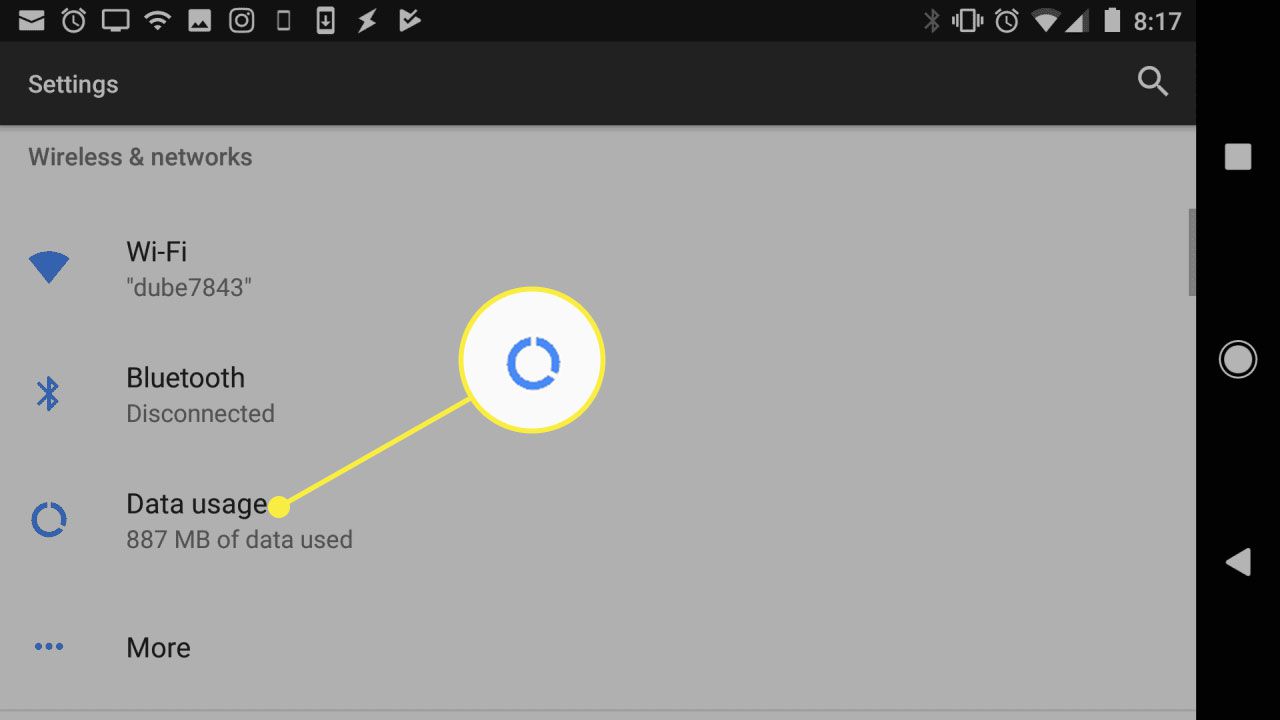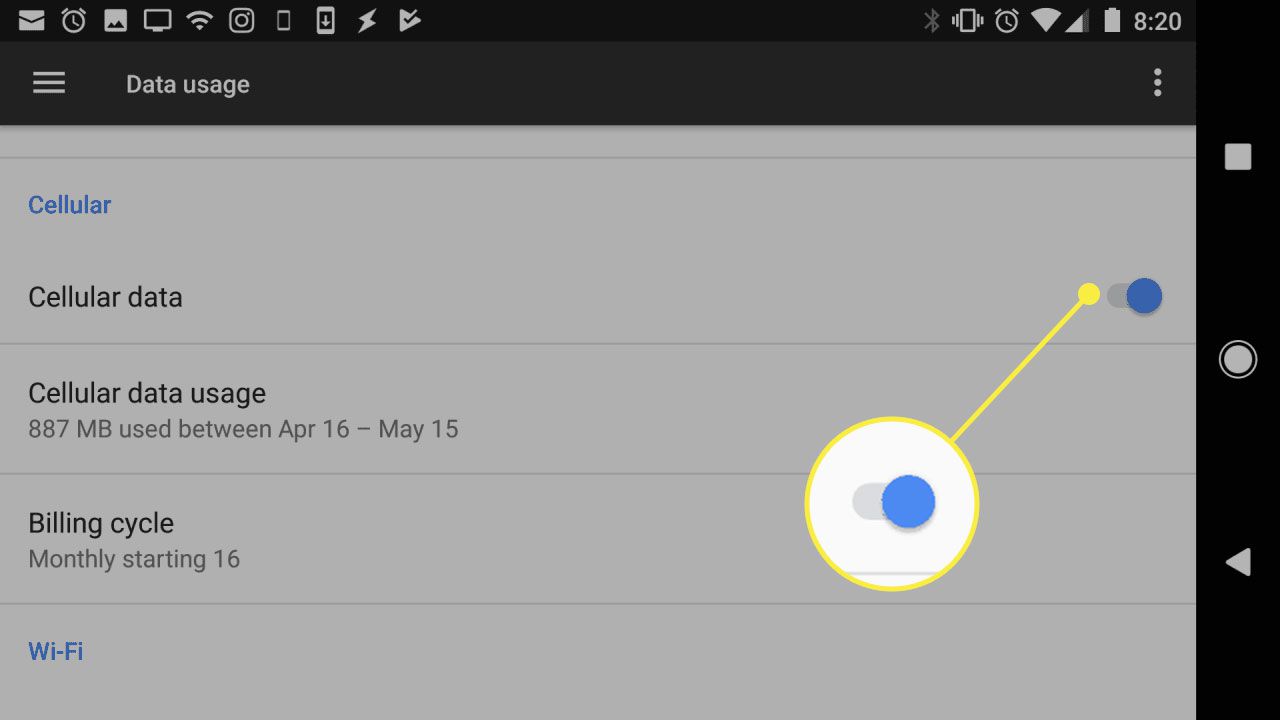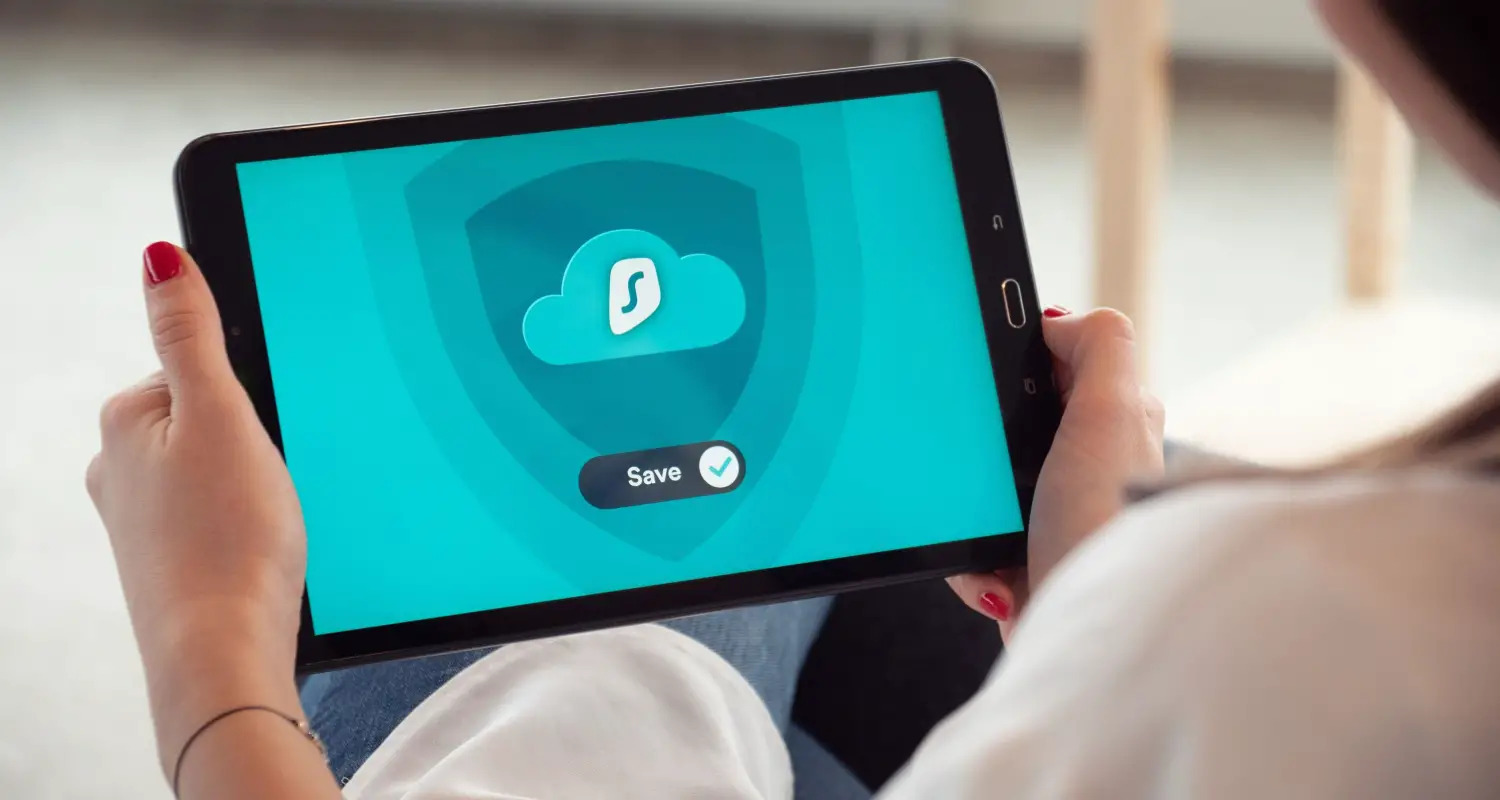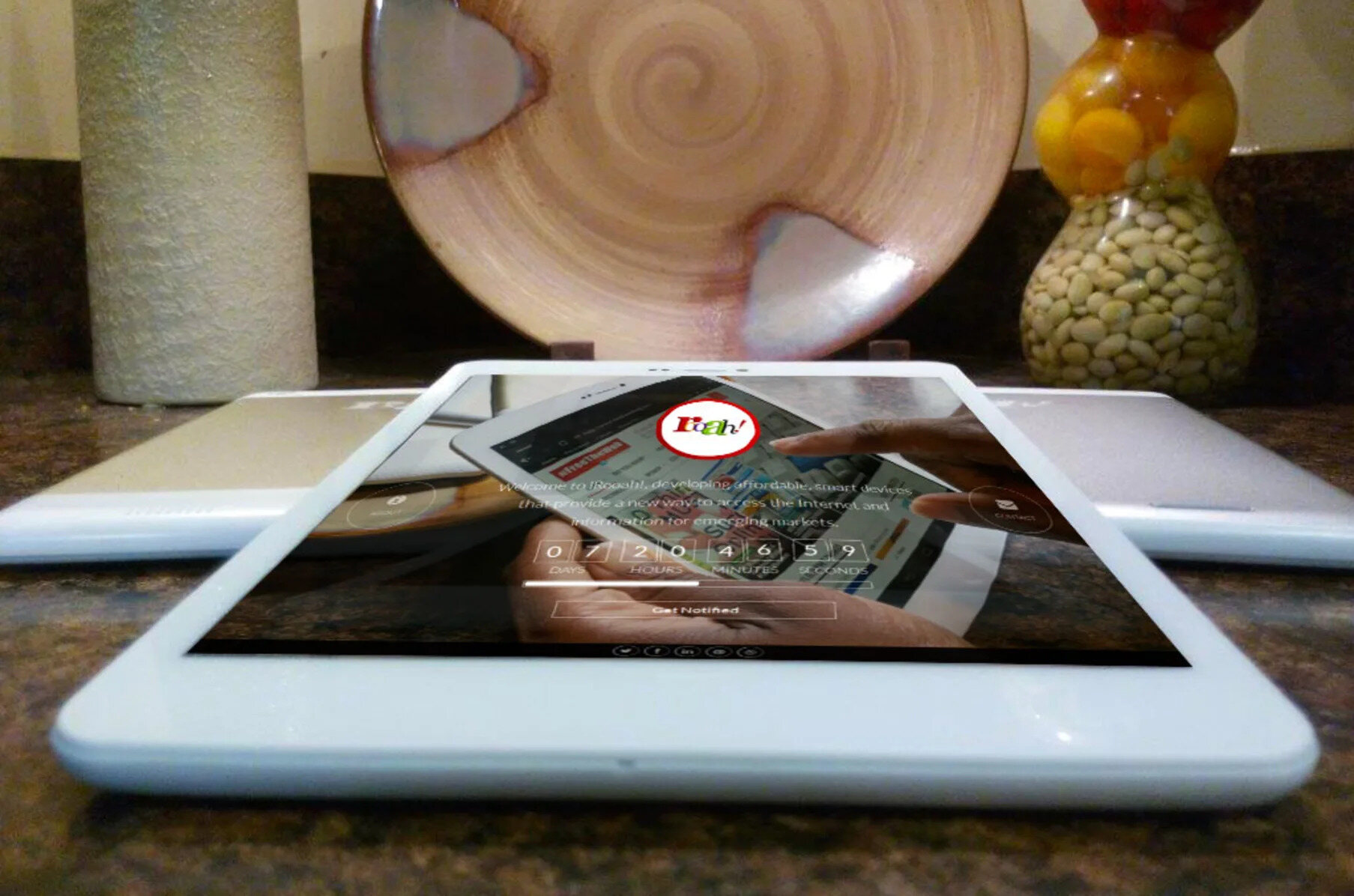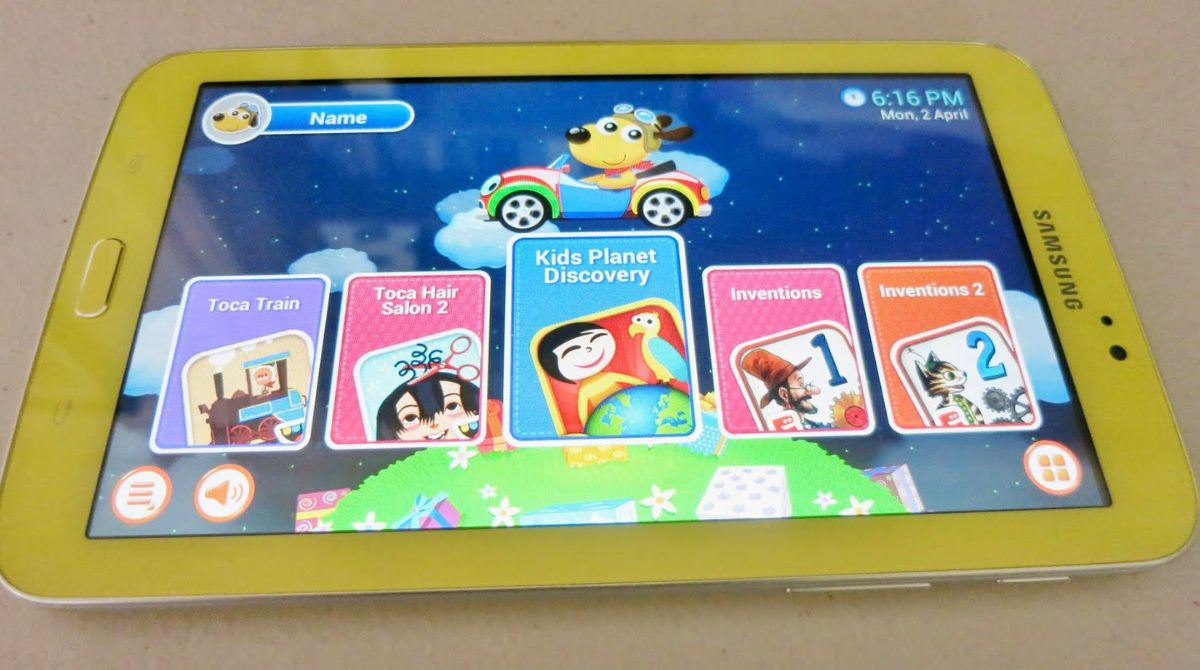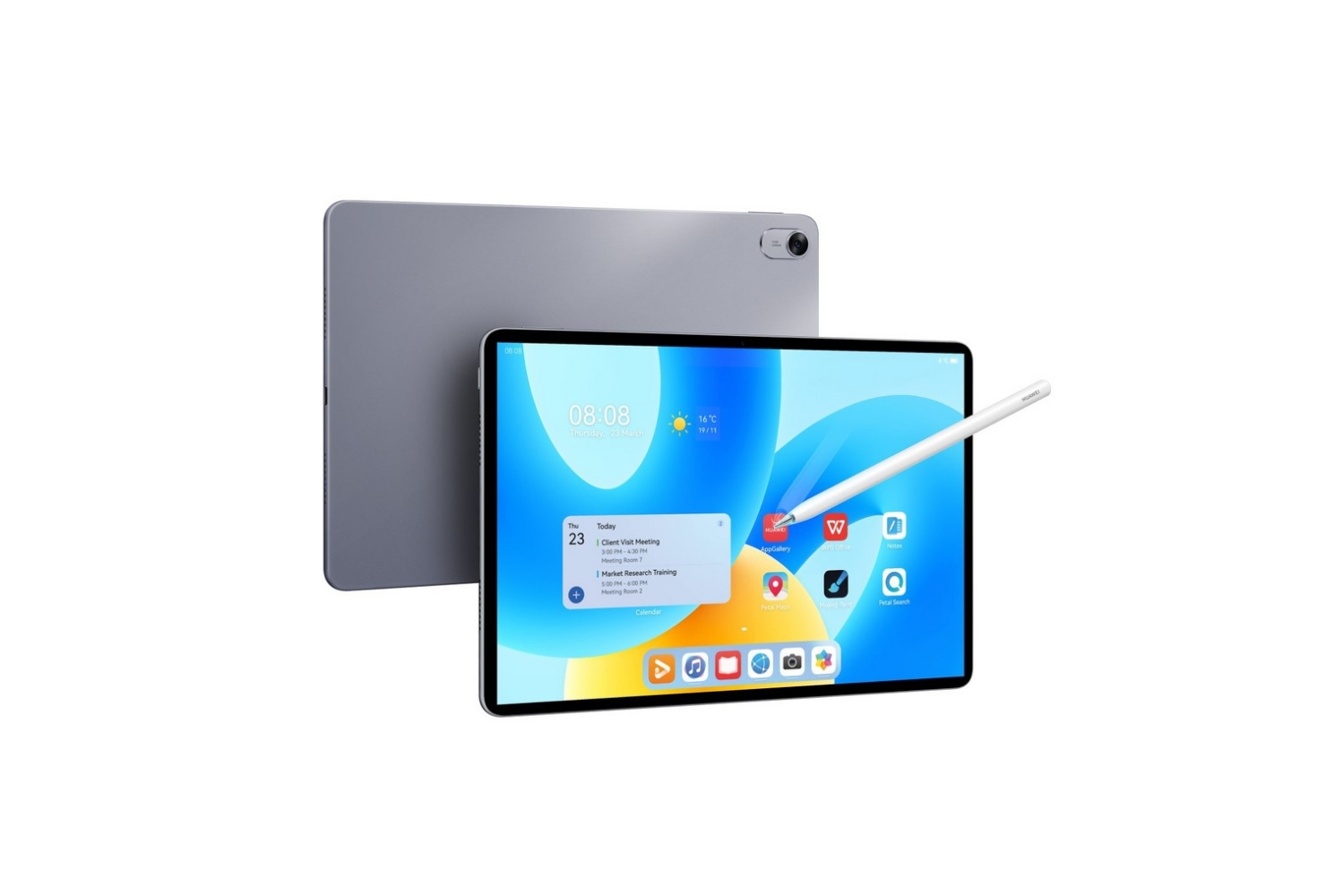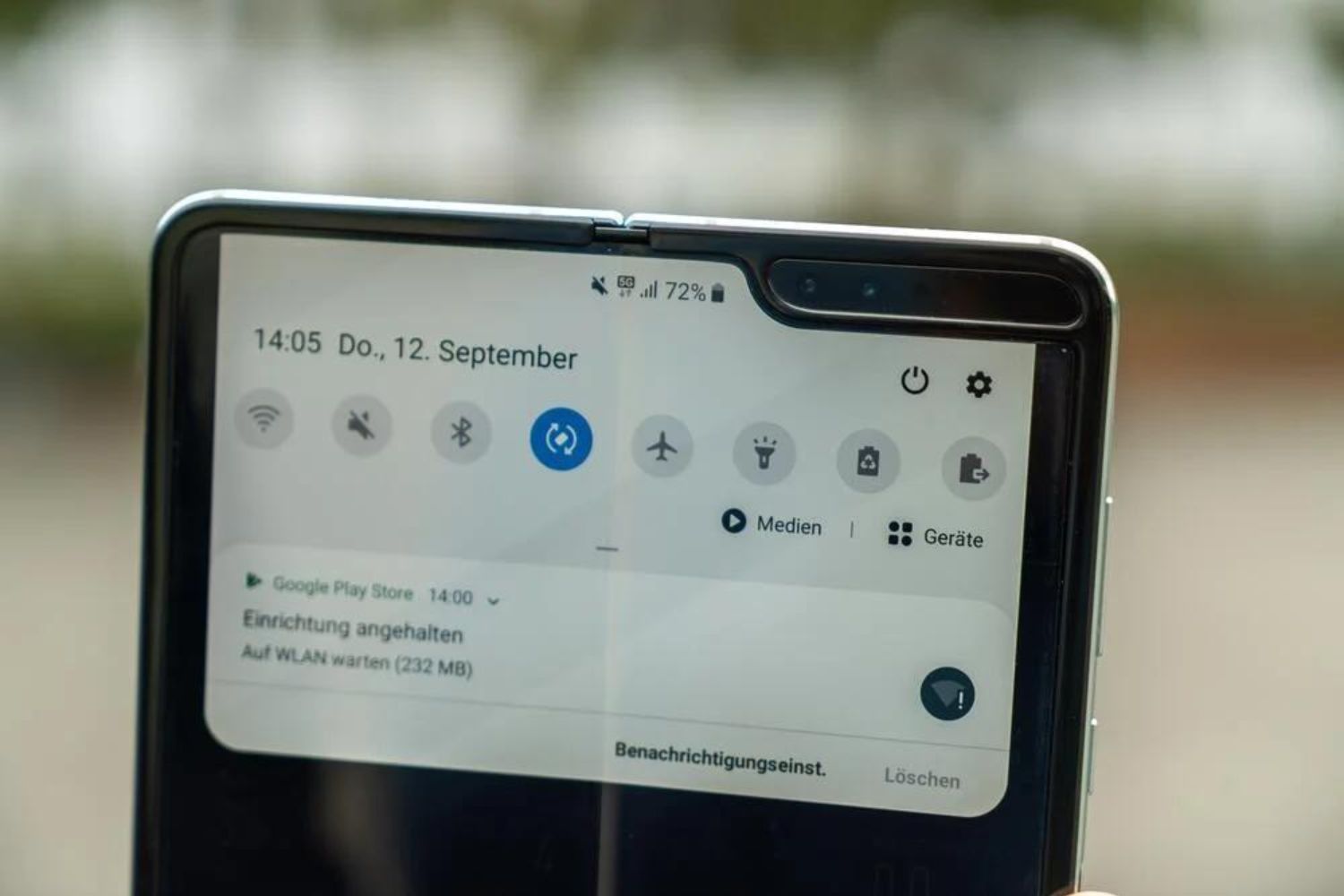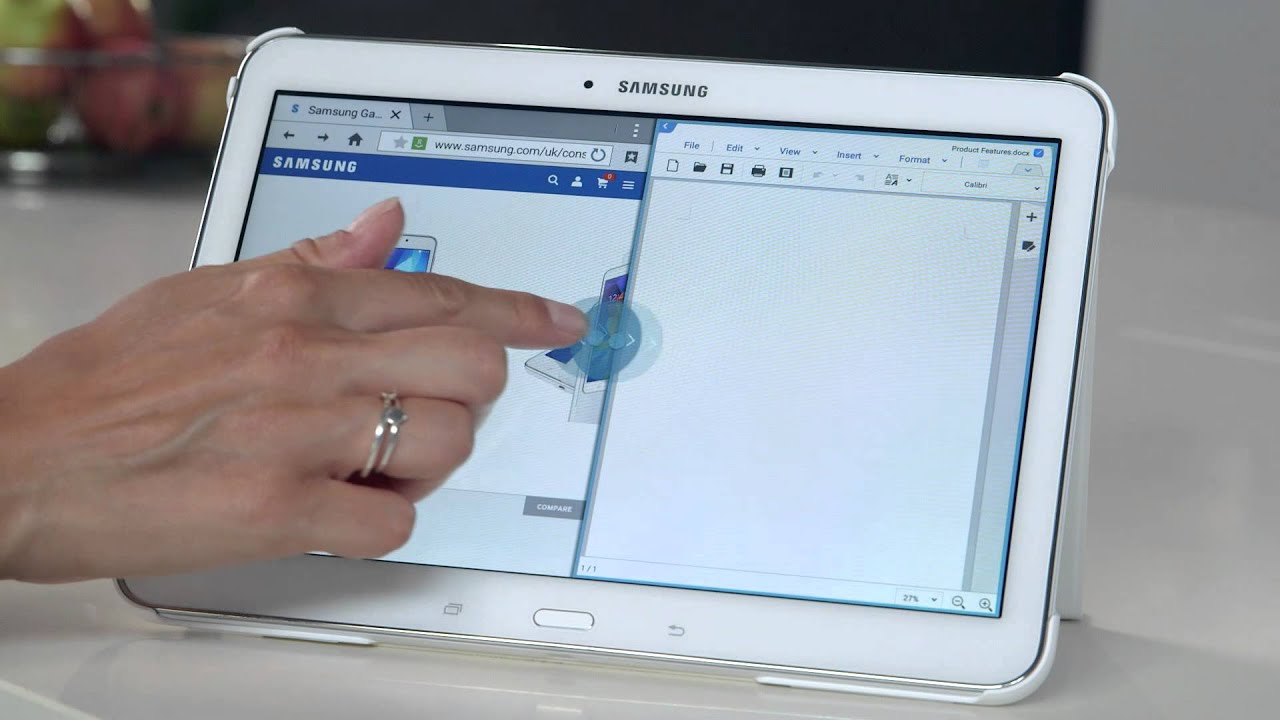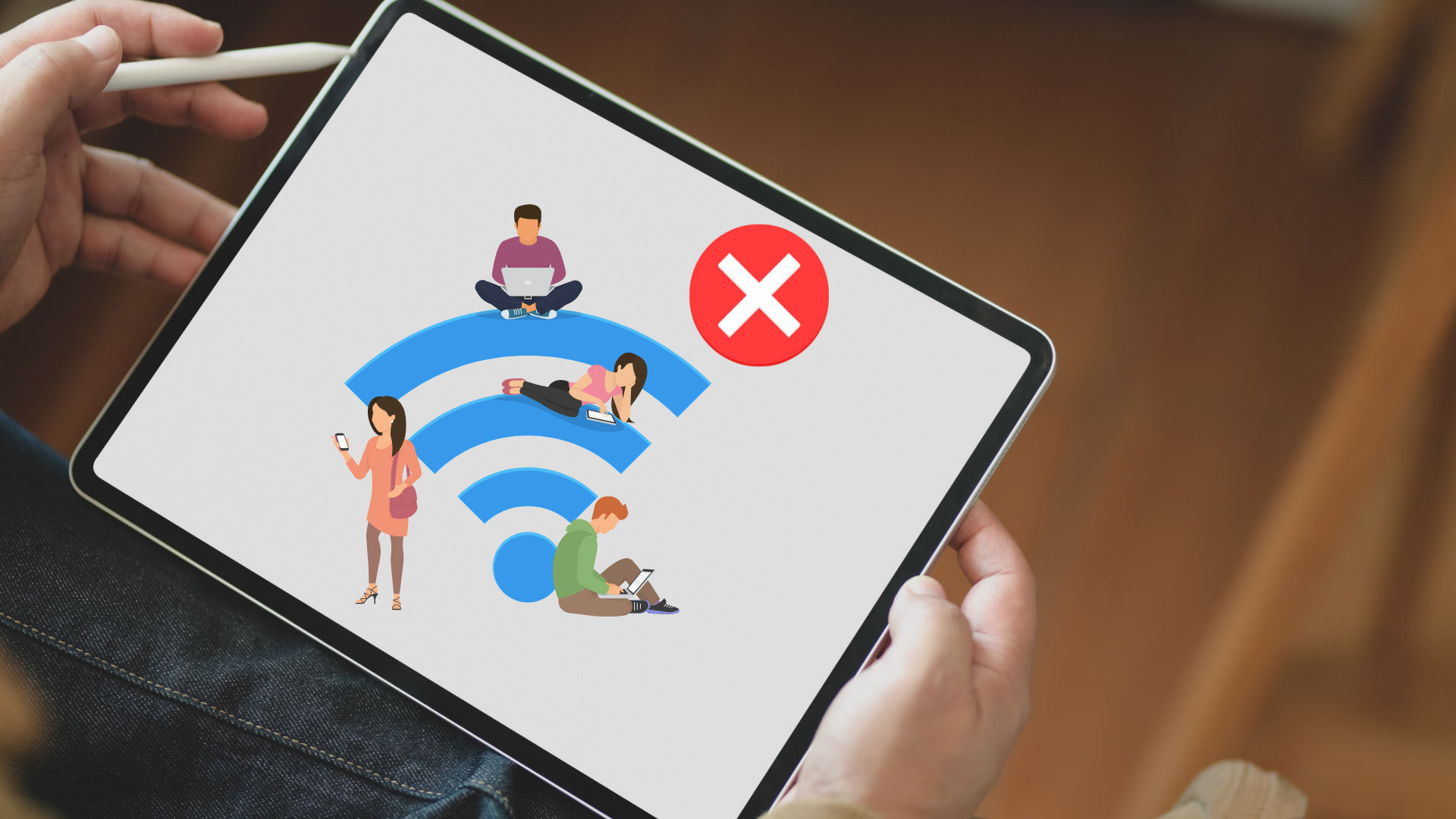What is Data on a Tablet?
As technology evolves, tablets have become increasingly popular devices for both personal and professional use. With their portable design and versatile functionalities, tablets have revolutionized the way we access information, communicate, and stay connected on the go. One of the key elements that enables tablets to perform these tasks is data.
Data, in the context of a tablet, refers to the digital information that is transmitted and received by the device. It includes various forms of data, such as text messages, emails, multimedia content, web pages, and app updates. Essentially, data allows users to access and interact with online content and services.
When you use a tablet, you rely on data to browse the internet, stream videos, download apps, send and receive emails, and use various online services. Without data, a tablet would essentially be limited to performing offline tasks, such as using pre-installed apps or accessing files stored locally on the device.
There are two main types of data that you can utilize on a tablet: Wi-Fi data and mobile data. Wi-Fi data refers to the internet connection provided by Wi-Fi networks, typically available in homes, offices, cafes, and other public places. Mobile data, on the other hand, refers to the internet connection provided by cellular networks, enabling you to stay connected even when there is no Wi-Fi available.
Understanding the concept of data is crucial for getting the most out of your tablet. Whether you’re browsing the web, streaming videos, or using online applications, having a reliable and efficient data connection is essential for a smooth and connected tablet experience.
Ways to Get Data on a Tablet
Getting data on a tablet can be accomplished through various methods, depending on your needs and circumstances. Here are four common ways to get data on a tablet:
1. Using Wi-Fi: The most common and convenient method is connecting your tablet to a Wi-Fi network. This can be done at home, office, or public locations where Wi-Fi access is available. Simply go to your tablet’s settings, select Wi-Fi, and choose a network to connect to. Ensure that you have the correct password if it is a secured network.
2. Using Mobile Data Plans: Many tablets come with built-in cellular connectivity, allowing you to access data through mobile data plans. You can subscribe to a mobile data plan from a network provider and insert a SIM card into your tablet to establish a data connection. This option enables you to stay connected to the internet even when Wi-Fi isn’t available.
3. Tethering from a Smartphone: If you have a smartphone with a mobile data plan, you can share your phone’s internet connection with your tablet through a process called tethering. Enable the mobile hotspot feature on your smartphone and connect your tablet to the hotspot network. This allows your tablet to utilize the mobile data from your phone for internet access.
4. Using a Mobile Hotspot: Another alternative is using a dedicated mobile hotspot device. These devices, also known as pocket Wi-Fi or Mi-Fi, allow you to establish a mobile data connection with your tablet by connecting to the hotspot’s Wi-Fi network. Mobile hotspots are especially useful when you need to connect multiple devices to the internet simultaneously.
Each of these methods has its advantages and considerations. Wi-Fi provides a stable and often unlimited data connection, but it is limited to specific locations. Mobile data plans offer flexibility and portability, but they come with data usage limits and additional costs. Tethering from a smartphone can be convenient, but it may drain your phone’s battery. Using a mobile hotspot device ensures dedicated connectivity but may require an additional device and subscription.
When deciding on the best option for getting data on your tablet, consider factors such as cost, coverage, internet speed, and your usage patterns. Assess your needs and choose the method that suits you best, ensuring a reliable and speedy data connection for your tablet.
Method 1: Using Wi-Fi
Using Wi-Fi is one of the most common and accessible methods to get data on a tablet. Wi-Fi networks are widely available in homes, offices, cafes, libraries, and other public places. Here’s how to connect your tablet to a Wi-Fi network:
1. Locate the Wi-Fi settings on your tablet: Go to the Settings menu on your tablet and locate the Wi-Fi option. It may be accessed through a network or connectivity settings section.
2. Enable Wi-Fi and search for available networks: Turn on the Wi-Fi toggle switch to enable the tablet’s Wi-Fi functionality. The tablet will automatically search for available Wi-Fi networks in the area.
3. Select a Wi-Fi network: Once the available networks are displayed, choose the network you want to connect to. Networks will usually be identified by their names (also known as SSIDs). Select the network you have permission to access, such as your home network or a public network.
4. Enter the Wi-Fi password: If the network you selected is secured with a password, you’ll be prompted to enter the password. Enter the correct password and tap Connect. If the password is correct, your tablet will establish a connection to the Wi-Fi network.
5. Enjoy your Wi-Fi connection: Once connected, your tablet will be able to access the internet through the chosen Wi-Fi network. You can browse the web, stream videos, download apps, and perform various online tasks.
It’s important to note that some Wi-Fi networks may require additional steps for connection, such as accepting terms and conditions or providing authentication credentials. Follow the on-screen instructions to complete the connection process.
When connecting to a public Wi-Fi network, exercise caution as these networks can pose security risks. Avoid accessing sensitive information or conducting financial transactions on unsecured networks. Additionally, ensure that you are connected to a reliable and stable Wi-Fi network for a smooth browsing experience.
Using Wi-Fi to get data on your tablet is an excellent option when you have access to a trusted network. Take advantage of Wi-Fi availability in your surroundings to stay connected and enjoy a seamless online experience on your tablet.
Method 2: Using Mobile Data Plans
If your tablet has built-in cellular connectivity or supports a SIM card, you can get data on your tablet by utilizing mobile data plans. Mobile data plans allow you to access the internet using cellular networks, providing connection options even when Wi-Fi is not available. Here’s how to use mobile data plans on your tablet:
1. Check compatibility and obtain a SIM card: Ensure that your tablet supports the use of SIM cards for mobile data. If it does, you’ll need to obtain a SIM card from a network provider. Most providers offer various types of plans and packages to suit different data usage needs.
2. Insert the SIM card into your tablet: Locate the SIM card slot on your tablet, usually found on the side or back panel. Use the SIM card ejection tool or a paperclip to gently open the slot and insert the SIM card. Make sure it is inserted properly and securely.
3. Activate the data plan: Contact your chosen network provider to activate the mobile data plan associated with the SIM card. They will guide you through the process, which may include providing personal information, choosing the plan type, and making the necessary payments.
4. Configure the mobile data settings: To enable mobile data on your tablet, go to the Settings menu and find the Network or Cellular Data section (may vary depending on the tablet’s operating system). Enable the mobile data toggle switch and ensure that the correct network settings are selected for your provider.
5. Enjoy the mobile data connection: Once your tablet is connected to the mobile data network, you can start using the internet. You can browse websites, stream videos, use online apps, and stay connected on various online platforms, no matter where you are.
Remember that mobile data plans come with different data allowances, so be mindful of your usage to avoid exceeding your data limit. It’s also important to keep an eye on your data usage to prevent unexpected charges or slower speeds when you approach your data cap.
Using mobile data plans on your tablet offers flexibility and the ability to stay connected on the move. It’s a convenient option for those who require constant internet access or don’t have access to reliable Wi-Fi networks.
Method 3: Tethering from a Smartphone
If you have a smartphone with a mobile data plan, you can easily share its internet connection with your tablet through a process called tethering. Tethering allows you to utilize your phone’s mobile data on your tablet by creating a wireless hotspot. Here’s how to tether your smartphone to your tablet:
1. Enable the mobile hotspot feature on your smartphone: Go to the settings menu on your smartphone and look for the Mobile Hotspot or Personal Hotspot option. Enable the feature, and your phone will start broadcasting a Wi-Fi network that your tablet can connect to.
2. Connect your tablet to the mobile hotspot: On your tablet, go to the Wi-Fi settings and search for available networks. You should see your smartphone’s hotspot network in the list of available networks. Select it to connect.
3. Enter the hotspot password (if applicable): If you’ve set a password for your hotspot, enter it on your tablet when prompted. This ensures that only authorized devices can connect to your hotspot and utilize your phone’s mobile data.
4. Establish a connection and use mobile data on your tablet: Once connected, your tablet will be able to access the internet using your smartphone’s mobile data. You can now browse the web, use online apps, and perform various online activities just like you would on a regular Wi-Fi network.
Keep in mind that tethering consumes the mobile data from your smartphone’s plan, so be mindful of your data usage to avoid exceeding your plan’s limits. Additionally, tethering may drain your smartphone’s battery more quickly, so consider having your phone plugged in or keeping an eye on its battery level.
Tethering from a smartphone offers a convenient solution for getting data on your tablet, especially when you don’t have access to Wi-Fi or want to utilize your existing mobile data plan. It’s a flexible option that allows you to stay connected wherever you go.
Method 4: Using a Mobile Hotspot
If you need to get data on your tablet when Wi-Fi or mobile data options are not available, using a dedicated mobile hotspot device can be a reliable solution. A mobile hotspot, also known as a pocket Wi-Fi or Mi-Fi, allows you to establish a mobile data connection on your tablet by connecting to a Wi-Fi network provided by the hotspot device. Here’s how to use a mobile hotspot with your tablet:
1. Obtain a mobile hotspot device: Purchase or rent a mobile hotspot device from a reputable provider. These devices are compact and portable, allowing you to carry them with you wherever you go.
2. Activate the mobile hotspot: Follow the instructions provided by the mobile hotspot device to activate it. This typically involves inserting a SIM card (if required) and powering on the device.
3. Connect your tablet to the mobile hotspot network: On your tablet, go to the Wi-Fi settings and search for available networks. Locate and select the network associated with your mobile hotspot device.
4. Enter the hotspot password (if applicable): If your mobile hotspot is secured with a password, enter it on your tablet when prompted. This ensures that only authorized devices can connect to your hotspot and utilize its mobile data connection.
5. Access the internet on your tablet: Once connected, your tablet will be able to access the internet through the mobile data provided by the hotspot device. You can now browse the web, stream videos, use online apps, and perform various online activities.
When using a mobile hotspot, keep in mind that it operates on a separate data plan, usually provided by a network provider. Ensure that your mobile hotspot device has sufficient credit or data allowance to meet your needs. Be mindful of your data usage to avoid exceeding your plan’s limits and potential additional charges.
Using a mobile hotspot provides a dedicated and reliable mobile data connection for your tablet, making it a suitable option when other methods are not available or feasible. It allows you to stay connected and access the internet on your tablet no matter where you are.
Choosing the Right Data Plan for Your Tablet
When it comes to getting data on your tablet, choosing the right data plan is crucial to ensure uninterrupted connectivity and avoid unnecessary costs. Here are some factors to consider when selecting a data plan for your tablet:
1. Data Allowance: Consider your typical data usage patterns. If you primarily use your tablet for light browsing and checking emails, a plan with a smaller data allowance may suffice. However, if you frequently stream videos, download large files, or engage in data-intensive activities, consider a plan with a higher data allowance to avoid running out of data too quickly.
2. Coverage and Network Quality: Research the network coverage and quality in your area. Check if the network provider has good coverage at your home, workplace, and other places you frequently visit. A stable and reliable network ensures a consistent and fast data connection on your tablet.
3. Cost: Consider your budget and compare plans from different network providers. Look for any additional fees, such as activation fees or overage charges for exceeding data limits. Assess the overall value of the plan based on its features and cost.
4. Contract vs. Prepaid: Decide whether you prefer a contract plan with a long-term commitment or a prepaid plan that offers flexibility. Contract plans typically come with discounted device prices, while prepaid plans allow for more control over usage and no contractual obligations.
5. Shared vs. Dedicated Plan: If you have multiple devices that require data connectivity, consider a shared plan that allows you to share data among multiple devices, such as your tablet and smartphone. This can be more cost-effective than having separate plans for each device.
6. Extra Features: Some data plans may include additional features like unlimited streaming for certain apps or free access to premium content. Evaluate these extras to determine if they align with your usage preferences and provide added value.
Take the time to research and compare different data plans from various network providers. Read customer reviews, ask for recommendations, and consider your specific needs and usage habits. This will help you choose a data plan that offers the right balance of affordability, data allowance, and reliable connectivity for your tablet.
Tips and Tricks for a Smooth Data Connection on Your Tablet
Having a smooth data connection on your tablet is essential for a seamless and enjoyable online experience. Here are some tips and tricks to help optimize your data connection:
1. Keep Your Tablet Up to Date: Regularly update your tablet’s operating system and apps. Updates often include bug fixes and performance improvements that can enhance your data connection stability and speed.
2. Clear Cache and Data: Clearing the cache and data of apps can help improve their performance and reduce data usage. Go to your tablet’s settings, find the Apps or Applications menu, select the app, and clear its cache and data.
3. Limit Background Data Usage: Some apps may use data in the background, even when you’re not actively using them. Go to your device’s settings and check for options to limit background data usage. This can help conserve data and improve your connection’s speed.
4. Monitor Data Usage: Keep track of your data usage to avoid unexpected overage charges. Most tablets have built-in data usage monitoring features, or you can download third-party apps for this purpose. Set alerts or limits to ensure you stay within your data plan’s limits.
5. Optimize Video Streaming: Streaming videos can consume a significant amount of data. Adjust your video streaming quality to a lower resolution when using mobile data to reduce data usage. Some streaming services also allow you to download content for offline viewing to save on mobile data.
6. Manage App Updates: Configure your tablet’s settings to update apps only when connected to Wi-Fi. This prevents automatic updates from consuming your mobile data and gives you control over when updates are downloaded and installed.
7. Secure Your Connection: When using public Wi-Fi networks, ensure your connection is secure by using a virtual private network (VPN). A VPN encrypts your data, protecting it from potential security risks and ensuring a safer browsing experience.
8. Restart Your Tablet: If you experience any issues with your data connection, try restarting your tablet. This can help refresh the system and resolve temporary glitches that may be affecting your connection.
9. Reduce Sync Frequency: Apps that frequently sync data in the background, such as email and social media apps, can impact your data usage. Adjust the sync frequency to manually or less frequently in the app settings to reduce data consumption.
By following these tips and tricks, you can optimize your tablet’s data connection, reduce unnecessary data usage, and improve your overall browsing experience. With a smooth and reliable data connection, you can make the most out of your tablet’s capabilities and stay connected wherever you go.
Conclusion
Getting data on your tablet is essential for accessing the internet, staying connected, and enjoying a wide range of online activities. Whether you choose to connect through Wi-Fi, mobile data plans, tethering from a smartphone, or using a mobile hotspot, each method offers its own advantages and considerations.
Wi-Fi provides convenience and accessibility in areas with Wi-Fi networks, while mobile data plans offer flexibility and portability. Tethering from a smartphone allows you to utilize your phone’s mobile data, and using a mobile hotspot provides a dedicated data connection for your tablet.
When selecting a data plan, consider factors such as data allowance, coverage, cost, and additional features. Choose a plan that aligns with your data usage needs and fits your budget. Additionally, follow the tips and tricks provided to optimize your data connection, monitor usage, and ensure a smooth browsing experience on your tablet.
Remember to stay mindful of your data usage to avoid exceeding your plan’s limits and incurring extra charges. Regularly update your tablet, clear cache and data, and manage app updates to maintain a stable and efficient data connection. By taking these steps, you can make the most out of your tablet’s capabilities and enjoy seamless connectivity wherever you go.
Whether you’re browsing the web, streaming videos, sending emails, or using online applications, a reliable and efficient data connection is vital. Choose the method that suits your needs and circumstances, and enjoy the benefits of staying connected on your tablet.







